WASTEWATER TREATMENT
BIOLOGICALLY BOOSTING WASTEWATER TREATMENT PLANT PERFORMANCE
When we treat water for safe consumption, we eradicate all biological components.
Water becomes “biological” again when water used in homes and businesses is directed to wastewater treatment plants. These facilities are designed to facilitate biological processes that rapidly reduce contaminant levels in the water.
Modern wastewater treatment plants are manmade infrastructure that creates environments where microbes can efficiently break down and decompose waste fecal biomass, then assimilate the nutrients to produce microbial sludge.
This sludge is separated from the water in settling tanks or clarifiers, or further digested, resulting in discharged water with significantly reduced nutrient levels.
Lagoon systems, while simpler in design, provide less intensive treatment and rely on biological processes over longer retention times, eliminating the need for a separate sludge separation step. However, the performance of lagoon systems can become compromised over time, leading to operational challenges and reduced treatment efficiency.
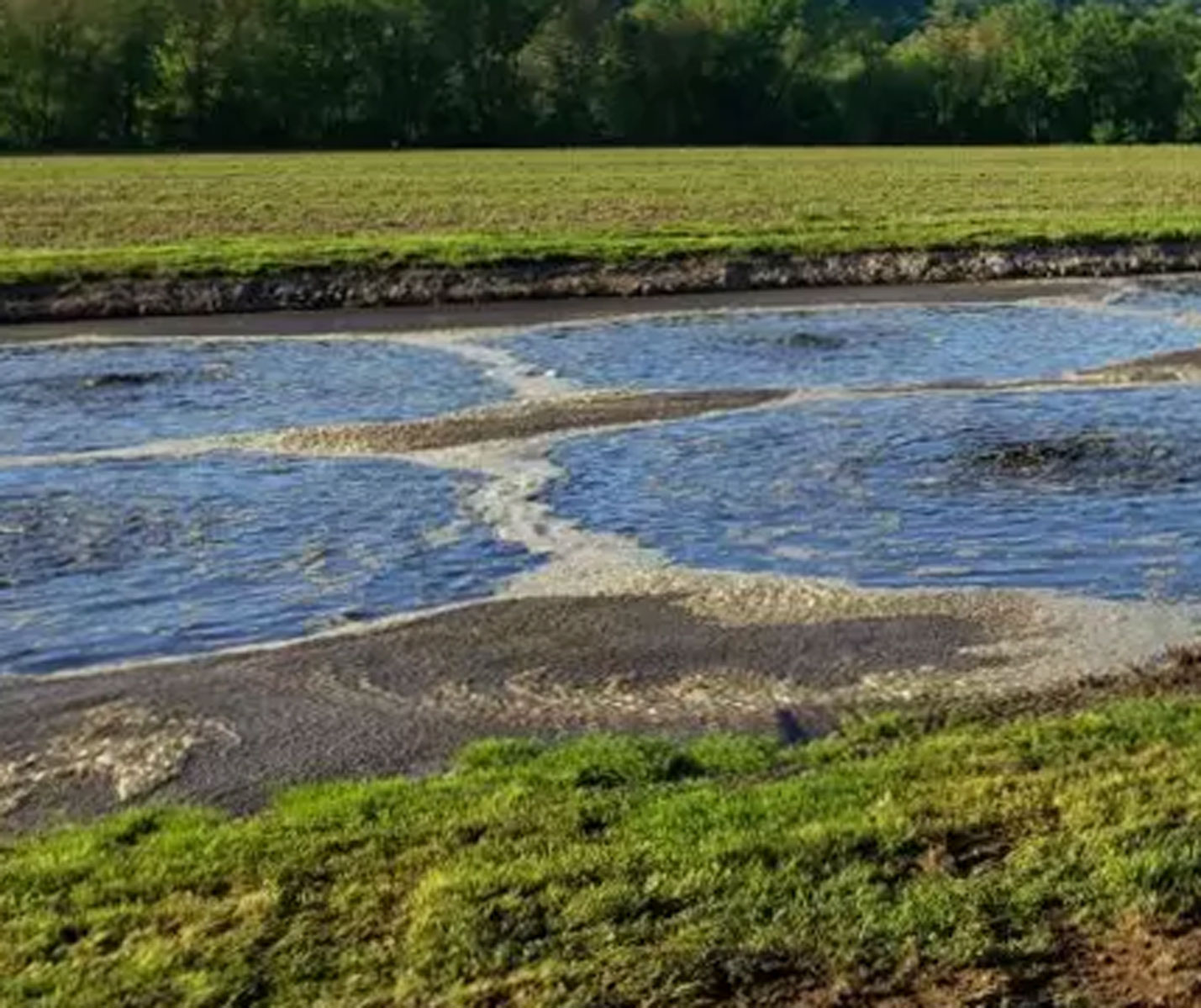
At Clean-Flo, we understand the complexities of biological water management in
wastewater treatment facilities.
We have extensive experience in optimizing treatment processes and improving plant performance. By partnering with Clean-Flo, water professionals can access the SIS.BIO ONE Biotechnology solution platform, which has been proven internationally on a wide variety of plants, processes, and wastewater types, including:
- Anaerobic sludge digestion
- Aerobic biological nutrient reduction processes, such as activated sludge
- Trickling biofilters
- Lagoon systems (municipal, livestock farming, food processing, etc.)
Our cutting-edge biotechnology solutions are designed to enhance the efficiency and effectiveness of wastewater treatment processes, helping you meet stringent discharge requirements and reduce operational costs.
Whether you’re looking to optimize existing infrastructure or design new treatment systems, Clean-Flo’s expertise and innovative solutions can help you achieve your goals.
Contact us today to learn more about how a partnership with Clean-Flo can benefit your wastewater treatment operations and help you deliver superior results for your clients.
Anaerobic sludge digestion
Improvements of over 90% in laboratory analysis of parameters such as VFAs and FOGs are achieved, and sludge volumes are reduced by similar amounts.
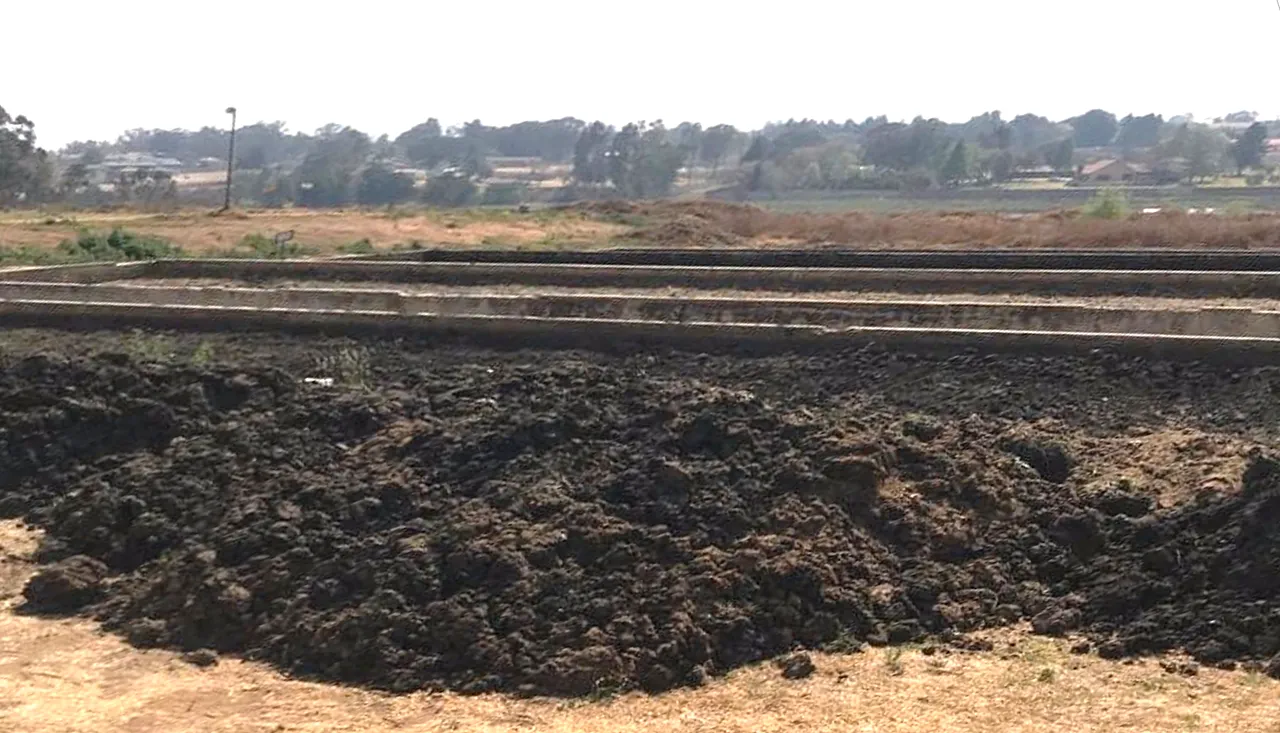
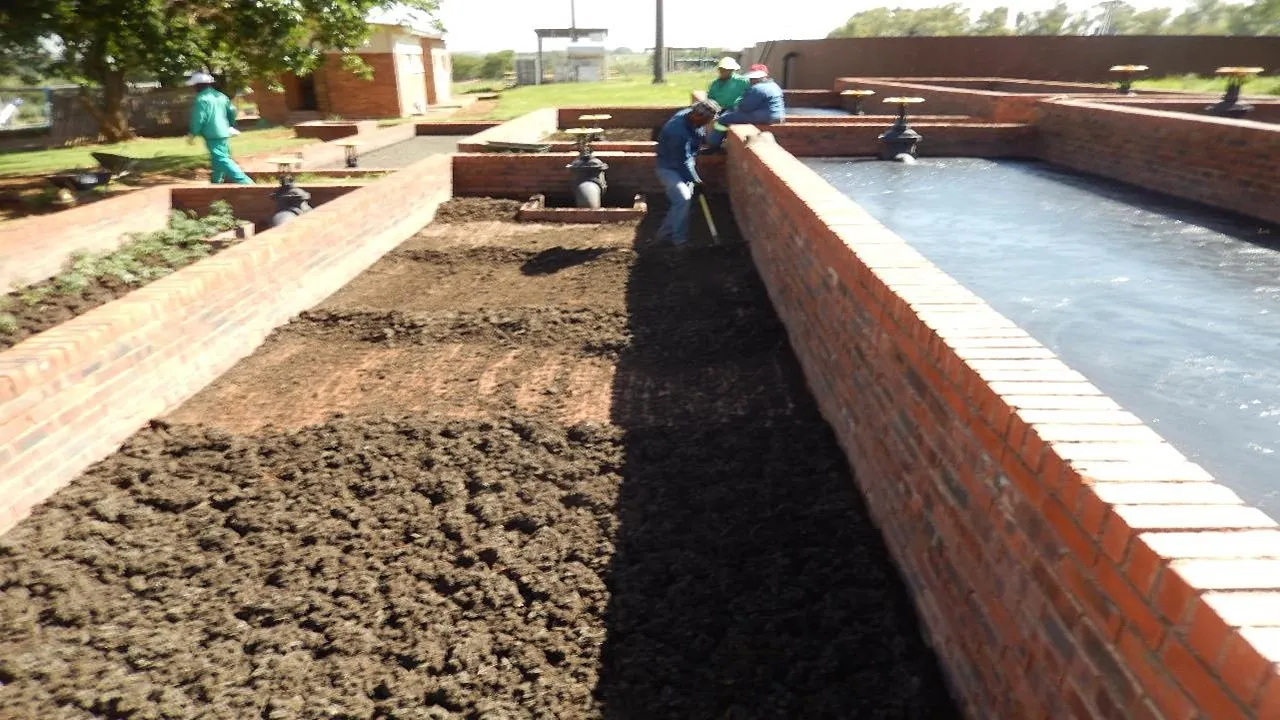
Aerobic biological nutrient reduction
Biological performance improvements to achieve compliance in overloaded, neglected plants not only avoid the need for new construction, energy savings of up to 80% have been achieved.
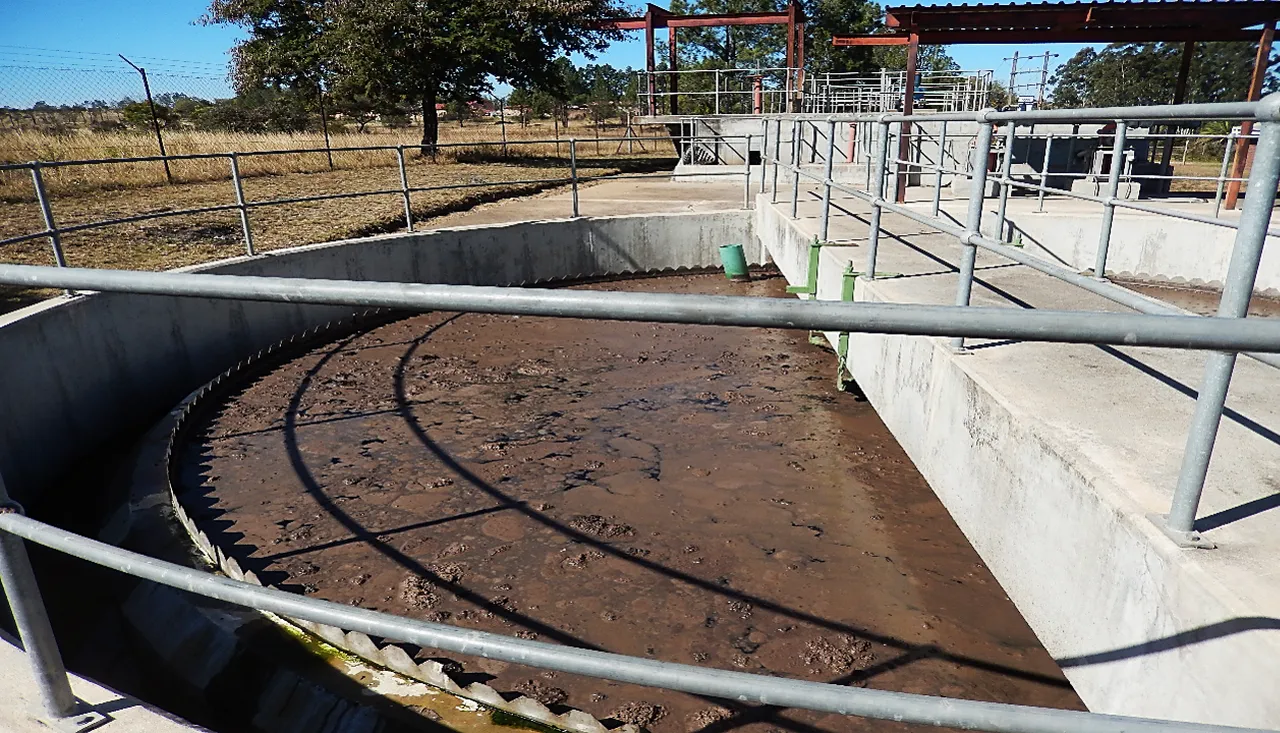
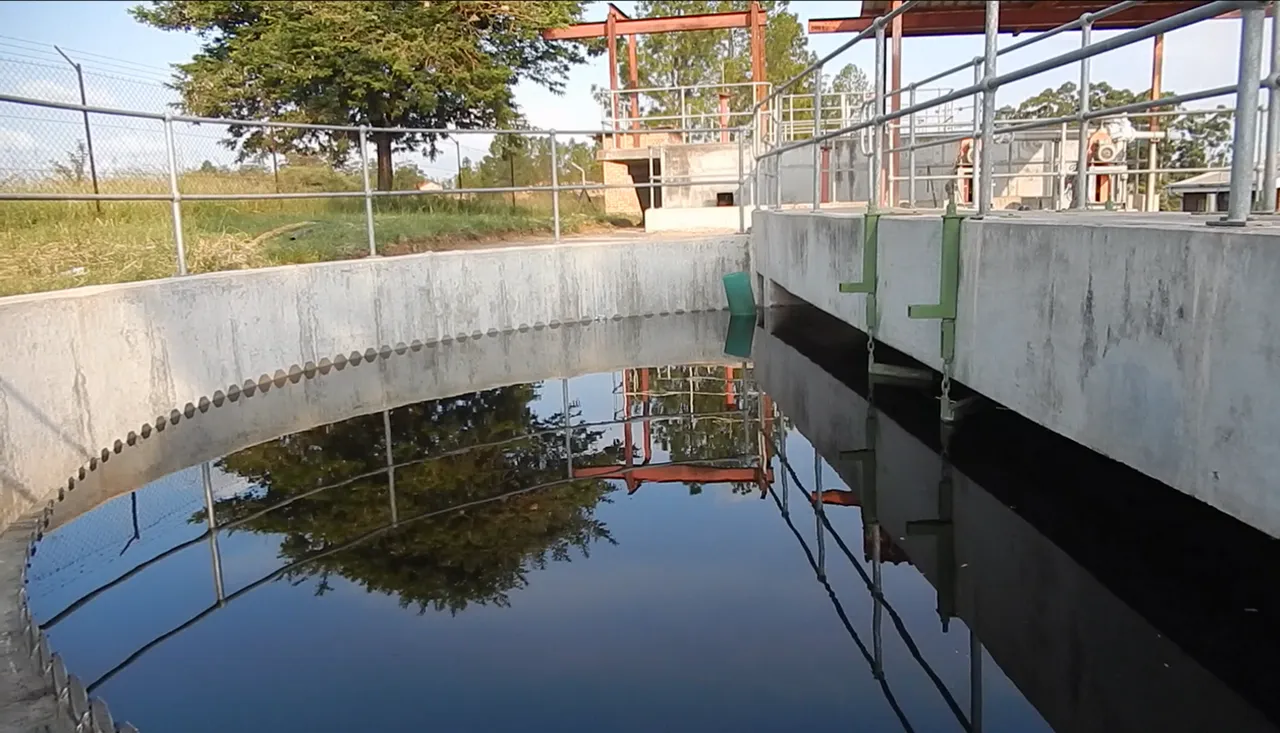
Trickling Biofilters
Offer low operational costs because they rely on natural ventilation for oxygenation, but over time performance can become compromised due to degradation of the biofilm and accumulation of sludge and solids in the media.
However, as the videos below show, simple biotechnology interventions can improve performance and effective capacity of trickling biofilters.
Lagoon Systems
Lagoon systems have a number of great advantages including low operational and maintenance cost, simple construction, and it’s easy to increase treatment capacity by adding another lagoon.
Performance is easily enhanced with oxygenation, biological augmentation to achieve compliance with stricter standards for compliance, and lagoons are prime candidates for Bio-Dredging.
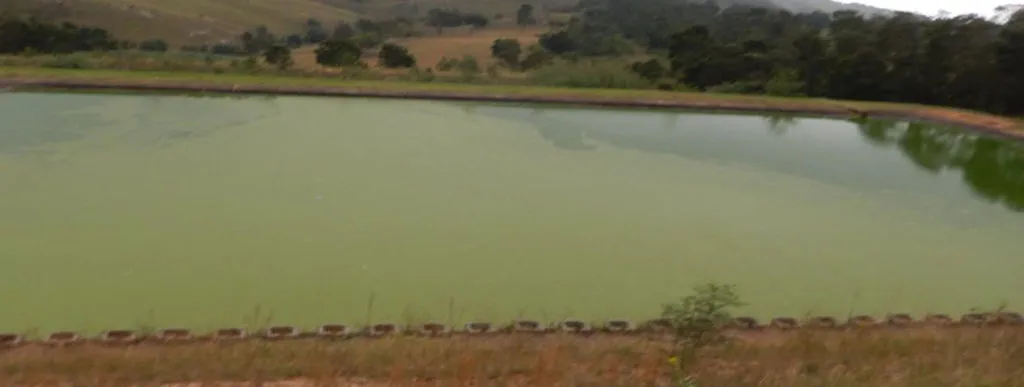
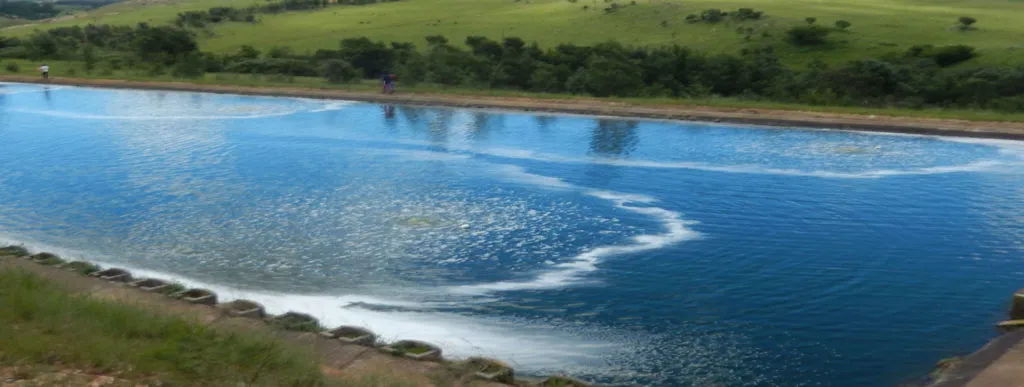
In wastewater treatment operations we deliver:
- Savings on capital cost by increasing effective treatment capacity of existing plants, avoiding the need to build new capacity.
- Saving on operational savings by reducing electricity consumption and making stand-alone solar power feasible for smaller rural plants.
- Regulatory compliance for overloaded or incapacitated plants at minimal cost
Download the Lake Management ACTION Plan E-Book
Ready to explore how oxygenation can transform your lake? Download Clean-Flo’s Lake Management ACTION Plan E-Book to learn more about our innovative solutions, real-world results, and how we can help restore and protect your lake.
